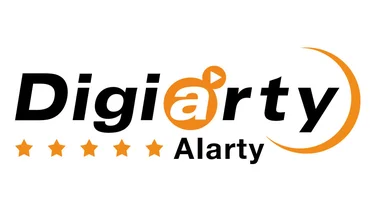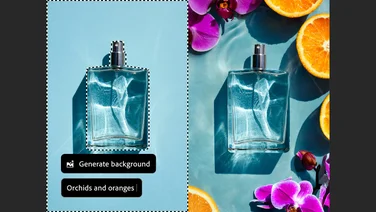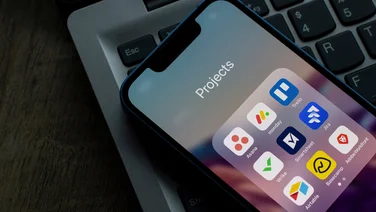To help us provide you with free impartial advice, we may earn a commission if you buy through links on our site. Learn more




Serif WebPlus X5 was our favourite user-friendly web creation tool of last year and beyond a need for some more up to date templates there wasn’t much we felt was missing. Perhaps Serif feels the same, because the new WebPlus X6 is more of a nip and tuck than radical overhaul, although that will probably please anyone accustomed to the familiar interface that’s shared with the application’s siblings.

WebPlus X6 comes with a wide selection of templates that have multiple colour schemes
As with earlier versions of the application, anyone who doesn’t want to use one of the site templates in WebPlus X6 can create a site from scratch, but blank site creation has been improved. A new Wizard requests elementary information about the planned site, such as the name, page width, colour scheme et cetera, to help novice designers. This then creates a bespoke template that makes it much easier to maintain a consistent design as the site is assembled. The fundamental process of building a web page in WebPlus X6 has changed little from the previous version, and it follows the familiar process of placing the text and image frames that hold most of the web content.
Adding more sophisticated content is equally straightforward, and anything from a navigation bar to a photo gallery can be created by dragging the appropriate icon from the ‘QuickBuild’ bar at the left of the main window. Many more assets are available here than in WebPlus X5, and many existing options are also much easier to manage. Rollovers, for example, can now trigger a number of actions, including changing object opacity and adjusting Z-Index order, which is used to bring an object in an overlapping stack to the front of a page.

Page creation is a simple matter of dragging and dropping objects onto the page
Also new is drag-and-drop for embedding Google Maps and content for a range of social media services, both of which are easier to deploy than the chunks of HTML required in WebPlus X5. Content can be shared with Facebook, Twitter and Google+, and there are share buttons for Delicious, Digg, Reddit and a few other social bookmarking sites. WebPlus X6 also adds the long overdue ability to see a site’s structure as a WYSIWYG layout that can be dragged and dropped to rejig its hierarchy. X5 was stuck with a text list in a tiny dialog box.
A key feature in WebPlus X5 was its range of Smart Objects that could be dragged onto the page to create dynamic blogs, forums and e-commerce sites with very little effort, albeit with a reliance on Serif’s WebPlus.net for hosting. Otherwise, sites can be hosted anywhere. These have been sensibly relocated from a toolbar to a more logical position on the QuickBuild Bar in X6, but the selection is the same as before. As with WebPlus X5, there’s limited scope for creating pages in HTML in WebPlus X6. New pages can be created as HTML, but it’s HTML or nothing from then on. You can’t use any of WebPlus X6’s other design tools, and their design can only be seen using a preview button. Similarly, while the source code for standard WYSIWYG pages can be seen, it can’t be edited, although user-defined snippets of HTML code can still be embedded on the page.

Site hierarchies can be visualised with ease and the pages dragged around to restructure the layout
Serif has made few changes to the site templates supplied with WebPlus X6, but there are 10 more than X5, which gives you 30. Many are showing their age and none offer the slick, modern appeal of those available for WordPress or Tumblr, but they do come with dozens of colour schemes and sympathetic designs for the page’s purpose, such as home page, product list, Contact Us page and so on.
WebPlus X6 also adds a couple of template variations for viewing on mobile devices. These can be used to create standalone sites or inserted as pages into a standard site structure so that visitors can be redirected accordingly depending on browser type and screen resolution. Sadly, this approach does involve creating two separate versions of the same site, one for desktop use and one for mobile, and it’s a shame Serif didn’t include a simpler theme-based solution that automatically reformats desktop pages for mobile browsers.

Mobile sites can be combined with the desktop version
Even though it’s still the best web creation tool for those more interested in designing sites than writing HTML code, it’s disappointing that Serif WebPlus X6’s templates aren’t more up to date and its mobile features more flexible. It’s still strongly recommended for new users, but those with WebPlus X5 have little reason to upgrade.
| Details | |
|---|---|
| Price | £82 |
| Details | www.serif.com |
| Rating | **** |






